When is the best time to plant strawberries?
All summer residents periodically have to transplant strawberries. This must be done in order to multiply and rejuvenate the culture. It is important to transplant at a suitable time and in compliance with the technology, then it will be possible to maintain the high productivity of Victoria. In one place, strawberries give good yields for no more than 3 years, after which the bushes are thrown away or divided into parts and planted again in another bed.
Reasons for transplanting strawberries
Periodically transplanting is necessary for all cultivated plants, and strawberries are no exception in this sense.
Here are 3 main reasons to transplant strawberry bushes:
- During the few years that the berry is in one place, the soil is severely depleted, all the minerals necessary for the development of culture are drawn out of it. That is why it is required to follow the rules of crop rotation. The roots of all plants lie at different depths and deplete different layers of the soil. By alternating planting crops, you can maintain the balance of nutrients in the soil. Consequently, the plants will develop well and will be able to give bountiful harvests if other agricultural requirements are met.
- Over time, the bush grows strongly and can no longer bear fruit as before due to lack of nutrition. In the first year of planting, only 1 horn is developed in strawberries, by the end of the third year there are already about 9. Externally, the growth of the bush may not be so noticeable, since the development of horns occurs in the underground part.
- Summer residents do not always have the opportunity to remove the strawberry mustache in time, which is the reproductive organ of the berry. The rosettes at the ends of the vegetative shoots root themselves in the soil. The result is a strong thickening of the plantings. By separating the tendrils for transplanting to another place, it will be possible to create a new bed of strawberries to replace the old plants.
How often should you replant?
Modern strawberry varieties are transplanted quite often. On average, a strawberry bed is renewed every 3 years. This period can either decrease or increase under the influence of various factors (weather, soil condition).
A hint that a transplant is needed will be given by the plants themselves:
- the yield of the crop is sharply reduced;
- berries become small;
- bushes look sickly and stunted.
If at least one of the listed signs appears, then it is time to transplant garden strawberries to a new place. Soon after the work done, positive changes can be noticed. The bushes will look better and the yield will increase.
When is the best time to transplant?
Novice gardeners sometimes do not really know when it is better to plant and transplant strawberries - to do it in summer, autumn or spring. Many are also interested in whether it is possible to transplant strawberries when they are in bloom. In fact, this work is done more often during the summer months. Summer is ideal for propagation of strawberries with a mustache, during the same period you can plant bushes, divided into parts. In the fall, large bushes are transplanted from one place to another, where the soil is more fertile, and in the spring, seedlings bought in the garden center are planted.
Transplanting strawberries during flowering
Sometimes it becomes necessary to transplant flowering strawberries. For example, when signs of soil contamination appear or due to urgent redevelopment of the site. In June, it is undesirable to do this; it is better to transplant the bushes next month, when fruiting is complete.If it is not possible to postpone the transplant during flowering, it should be done correctly.
In a new place, strawberries will throw all their strength into root growth, the flowers will inevitably wither, and the ovary that appears will crumble, so it is better to remove the buds and berries that have set in advance, so that the plants can calmly endure the adaptation period and take root well. In this case, it will be possible to get a full harvest from strawberries only in the next season. Transplanting work should be carried out in cloudy weather.
Transplanting strawberries in July-August
Separating young rosettes growing on a mustache is best done in late July or August. According to the rules, the uterine bushes are selected in the previous season and marked with a peg or ribbon. They should be healthy, strong plants that produce large berries. During flowering, the buds are cut off on the mother liquor so that the strawberries give all their strength to the formation of the mustache.
Children can root themselves in the ground or they are planted in plastic cups (the container must be dug into the ground by 1/3 of the height), without tearing it off the mother bush until the moment of transplantation to a permanent place. New plants fully inherit the varietal characteristics of the parent specimen. For reproduction, it is advisable to use the strongest rosettes of the first and second order, located closer to the mother plant.
At the same time of the year, cuttings obtained from an overgrown bush are planted. This method of propagation of strawberries is used mainly for dry varieties. The age of the shared bush should not exceed 3 years. Healthy and strong specimens are selected for division. A bush dug out of the ground is soaked in a weak solution of potassium permanganate, and then cut into pieces. Developed roots and apical buds should be present on each division. After planting, the leaves are cut in half to reduce moisture loss.
Site selection and soil preparation
An even or elevated area is allocated for planting garden strawberries; moisture should not stagnate on it after rains and melting snow. The groundwater level is no closer than 70 cm from the soil surface. When planted in a lowland, the crop will ripen 10-12 days later.
The optimal arrangement of the strawberry beds is from north to south, so the plants will get the maximum amount of sun. If you have to plant berries on a slope, the garden bed is placed across so that during heavy downpours the planting is not washed away by streams of water.
The soil should be prepared a month before planting. The soil must be properly dug up and loosened, while carefully choosing the weeds. Strawberries grow best in loamy soil. When planted in sand, the culture will lack moisture and essential minerals.
The land is pre-fertilized, making 1 sq. m:
- 6-8 kg of compost;
- 60 g superphosphate;
- 30 g of potassium sulfate.
Strawberries cannot stand acidic soil. With increased acidity, 2-3 glasses of wood ash are added to the soil per 1 sq. m. Dolomite flour and lime can be used no later than 2 years before planting berry bushes. High moor peat is added to alkaline soil, bringing the acidity index closer to neutral (7 pH).
Legumes, roots, cabbage, all types of greens, garlic, radish, radish, turnip are well suited as precursors of Victoria. It is not recommended to plant strawberries after nightshade and pumpkin crops (potatoes, tomatoes, zucchini, cucumbers, pumpkins, watermelons, melons).
Planting and further care
Immediately before planting, the holes are poured abundantly with water and strawberries are planted, deepening to the point of growth (hearts cannot be covered with earth). If they are too deep, the seedlings can rot, and if they are too raised, the bushes will dry out. For planting, it is better to choose a cloudy day so that the plants experience less stress.
Landing schemes used:
- When planting in one row, young plants are planted with an interval of 20-25 cm and aisle width of 60-70 cm.
- If the two-line method is used, a gap of 30 cm is left between the bushes, 40 cm between rows and 80 cm between rows.
- Mid-season and late varieties are planted according to the 40x40x70 scheme. These strawberries form strong and sprawling bushes that require a lot of space.
Rosettes rooted in cups are planted with a clod of earth, the roots of other plants must be straightened. Too long roots can be cut to 5-7 cm. For the first 7-10 days, seedlings are watered daily. If this is not possible, the bed is mulched with a layer of peat 5 cm thick.
The formation of a hard crust on the surface of the soil should not be allowed, therefore, loosening should be carried out regularly (once every 1.5-2 weeks). Before winter, the bushes will root well, but in a cold climatic zone, strawberries should still be covered with spunbond or other similar material during wintering.
You can plant strawberries on black agrofibre. The material is spread on the bed and fixed around the perimeter with boards, bricks or in another convenient way. Then, round holes are cut in the agrofibre for the wells or cross-shaped cuts are made, placing them in accordance with the selected planting pattern.
In this case, the beds are formed higher, with sloping edges for water flow. This method of growing strawberries avoids weeding, the berries remain clean, and rot less. However, before that, the land requires more thorough preparation (complete disposal of the weed rhizomes, the introduction of full dressing).
Planting strawberries in summer has a number of benefits. At this time of the year, there is no shortage of high-quality planting material, the seedlings take root easily and have time to get stronger before winter. If everything was done correctly, the next year strawberries will definitely delight you with a full harvest of large berries.
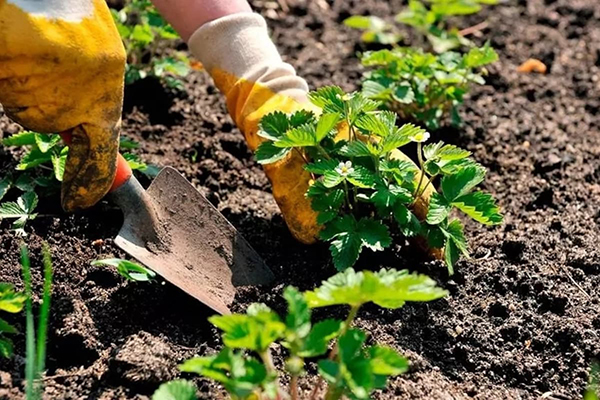
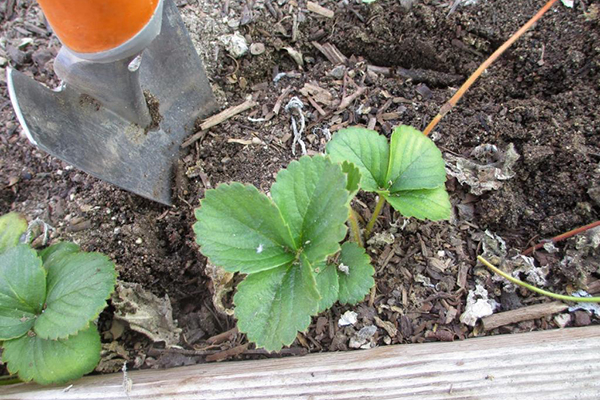
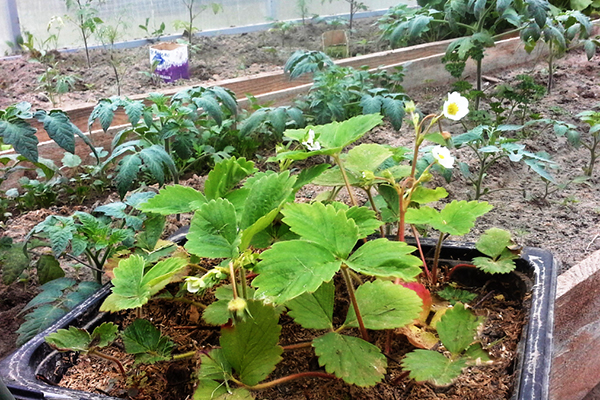
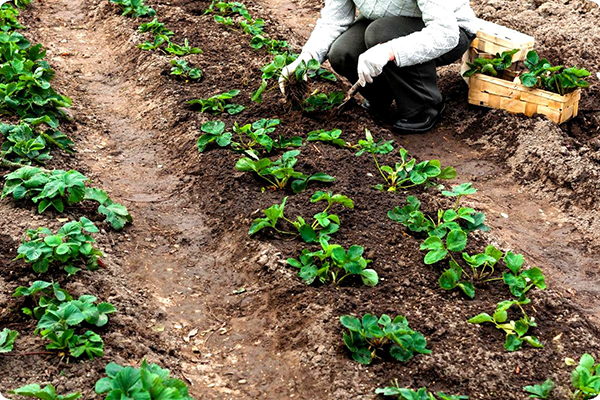
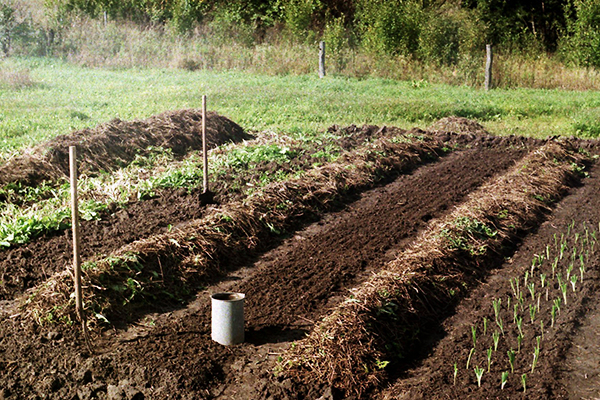
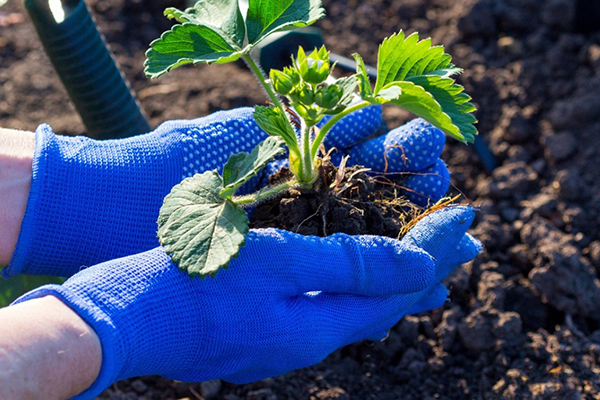
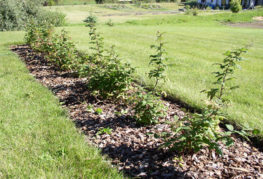
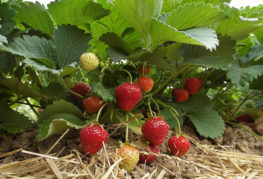
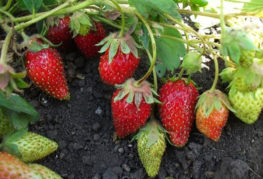
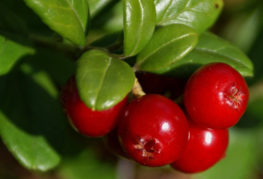


and will be published shortly.